High Vantage Point:
Medium Vantage Point:
Low Vantage Point:
Framing:
Next Entry – https://oss.adm.ntu.edu.sg/ytan149/curating-self-final/
Welcome to my blog!
Next Entry – https://oss.adm.ntu.edu.sg/ytan149/curating-self-final/
When looking at a photo we ask these questions:
What techniques were used?
What visual elements make up the photo?
How do the elements work together?
How the image is composed?
Photo manipulation techniques – http://www.coursera.org/learn/exposure-photography/lecture/bGm8S/responding-to-photographs
In this project I try to experiment with the basic techniques of photo manipulation:
Framing and cropping is use to include or exclude details that may change the meaning of the photographs. By moving the frame of the camera or cropping an image, the creator controls and defines the content of what we see.
Subject Distance refers to the proximity of the camera lens to the subject. The closer the camera move in, the viewer becomes more involved with the details such as texture, expressions, while becoming less involved with the surrounding and environment of the subject.
Vantage Point or angle determines the position where the camera is place before a shot. By varying the angle of shot from above, below or at eye level can result in interesting images that could distort, manipulate or offer visual pleasure and surprise.

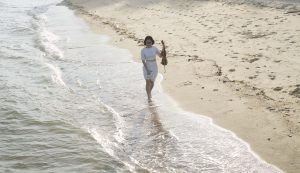
By cropping this image I eliminate the people in the background making the photo much cleaner and the tone of the photo becomes lighter. Leading the viewer to think that the photo was taken at an empty beach.
The long shot taken from a normal/medium vantage point depicts the subject playing out to the sea and sky. From this view it is as if the subject is envious of the freedom the ocean and the skies provide.
A long shot with a low vantage point here resulted in an empowering effect the subject. There is also some effect of framing from the clouds behind that helps to focus on the subject.
If i were to cropped the image and turn it into a medium shot, the original effect would be lost.
I attempted this as a close up shot only to realize it is actually a normal shot because my camera can only zoom so far.
With this close up shot and angle, I was trying to capture the feeling of being trapped by my inferior skills of the instrument thus the darker tone. There is also a drastic contrast between the inside (dark and monotone) and the outside (bright and colorful).
From the front much more emotion is revealed than the side. The instrument can be seen being held drooping downward much obviously than from the side.
The back view shows the difficulty and tension that goes into gripping the instrument between one’s jaw and shoulders. Otherwise, there is not much to be seen from this view.
Next Entry – https://oss.adm.ntu.edu.sg/ytan149/curating-self-task-2-process/
*TRIGGER WARNING* MAY CONTAIN EXPLICIT CONTENT
Catherine Opie is a social-documentary photographer. She was inspired to be one after encountering Lewis Hine’s images of child laborers from the early 20th century. Her interests lies in the relationship between the private and the public politics, the mainstream versus the infrequent. She was known for her works about the LGBT and BDSM community.
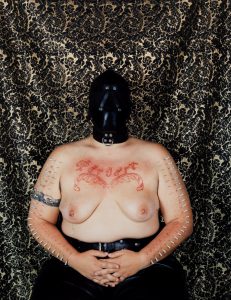
Catherine Opie decided to wear a hood in this piece because she wanted the focus to be her body and not the distortion on her face. It is about the existence of the word “Pervert” and what it meant. The politics lie in the fact that she dared inscribe it on her body, it does not lie in her eyes.
Why would she do this?
This piece were made in reaction to the gays and lesbians coming out of the closets during that time. All the sudden appearance of homosexuals segregated society and Catherine Opie wanted to push the viewer’s boundaries of normality; challenging our cultural code for relationships.
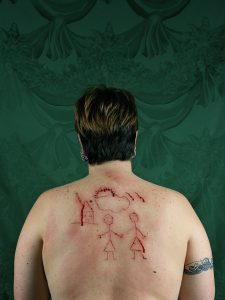
Catherine chose the background to reference seventeenth century paintings. The photo is took with intent of having a fruit bowl over her head, which queers the image with a little humor.
In her words “You’re looking at this juxtaposition of cutting of two stick figures, you know, women holding hands, with this comic fruit bowl over my head in the fabric.” https://transatlantica.revues.org/6430
According to the creator this piece was made after the break-up of her first domestic relationship and she was working our her ideas of longing. It is also a representation of what a queer child might make at school.
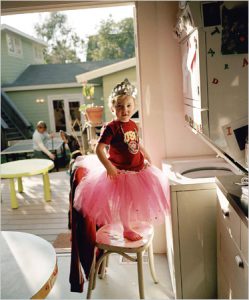
Not all her works that tackle homophobia are so intense. The above is a photo of her son in a tutu and tiara.
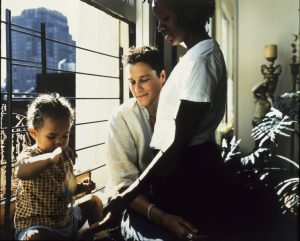
For the Domestic series, Catherine Opie rented an RV and spent three and a half months traveling the states. She wanted to complete the story of domesticity in a show that she attended.
“One of the things I always think about is who I want to have conversations with, what does it mean to create history related to a history that is already present, the need to add a conversation to a given situation, because something is not being represented, something is left out of the telling of the story. ” https://transatlantica.revues.org/6430
Catherine Opie also documents other events such as the Inauguration and High School Football.
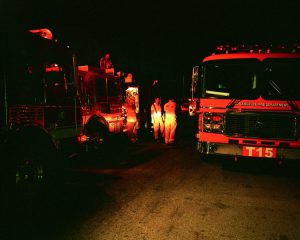

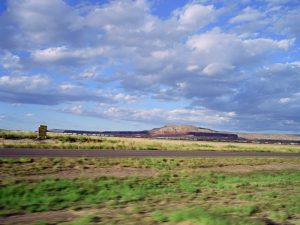

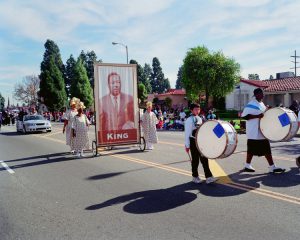
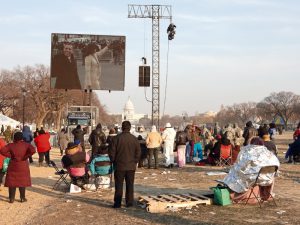

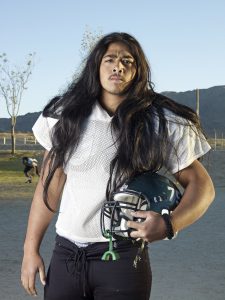
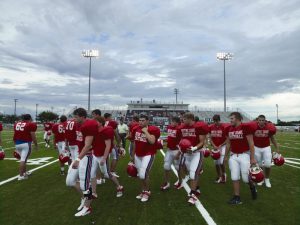

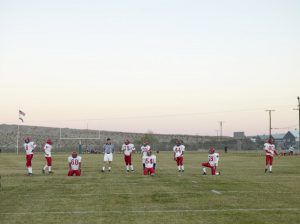

Catherine Opie’s photography style is nothing special it is not especially aesthetic but rather mundane. Just normal day to day lives that most people can relate to, which really ties in with her concept of interconnection.
Next Entry – https://oss.adm.ntu.edu.sg/ytan149/curating-self-process-part-1/